Great horror aesthetics, landscapes of destruction, and photography as arid as the game in Metro 2033 Last Light Redux
In scenarios of destruction and post-apocalypse, there are always recurring aesthetic elements that, in some cases, have defined styles. In this case, as with the game in question, Metro 2033 Last Light Redux offers a combination of both; that is, a unique style imprinted on the game, adapted and set in a Russian post-apocalypse, but with recurring elements from these universes that the game has managed to appropriate for itself, among arid and desolate landscapes, as well as truly disturbing monsters. All the screenshots are from my time playing the game, and I certainly believe they all clearly reflect what I'm writing.
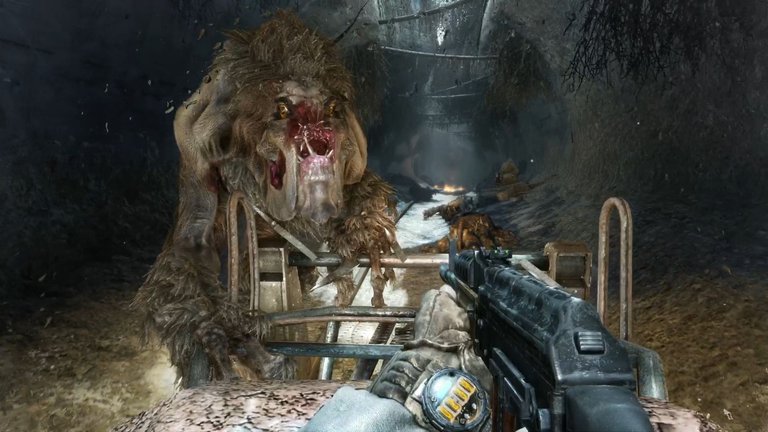
While Metro 2033 is a game that takes place almost entirely within Russian metro stations, it also offers a view of the entire Earth destroyed and devastated by a nuclear disaster. While many games like Stalker and Fallout 4 have already portrayed this landscape, Metro 2033 does it quite uniquely, depicting a desolation filled with emptiness that few games of this style have achieved. It's very interesting to see how the designers appropriated the coldness of Russia and intertwined it with the nuclear winter they've envisioned. And we say nuclear winter because in Russia it's practically always winter, and the contaminated landscape will also be practically monochromatic between the snow and the destroyed landscape.
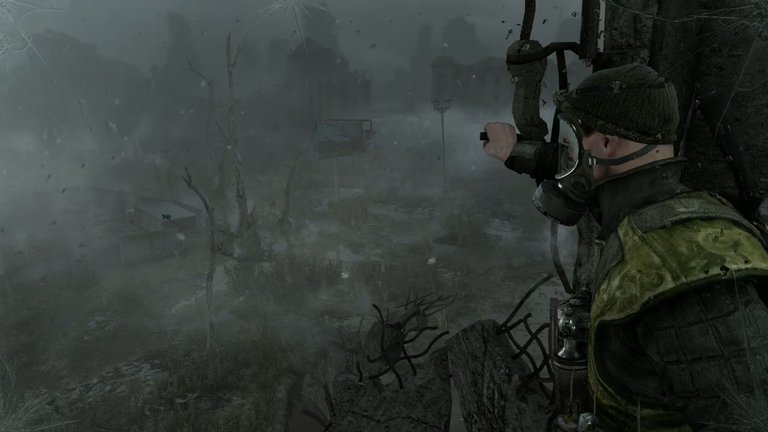
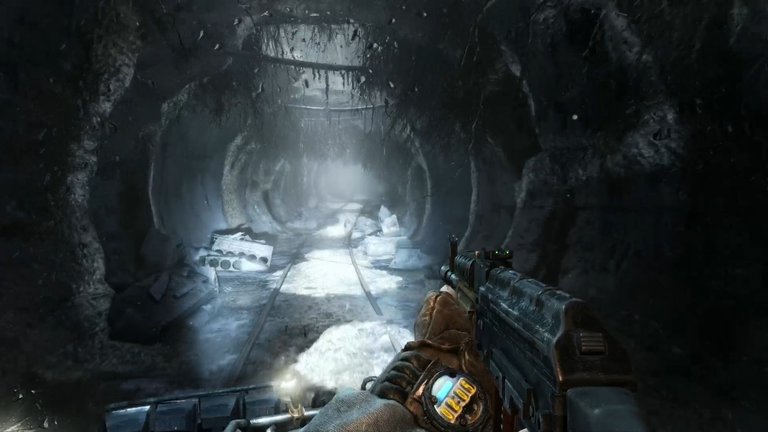

The Metro stations are undoubtedly one of my favorite locations in the entire game, as represented, and I'll tell you why. First, the color palette and lighting work they do in the game are simply spectacular. Let's see, in the stations there are a maximum of four colors: orange-red, green-brown, and different shades of gray, and with this, it's very easy to make any setting look flat and shallow. But the work of light and shadow, along with these colors, which only add to the emotional burden that humanity experiences, make the depths of the tunnels a spectacular work.
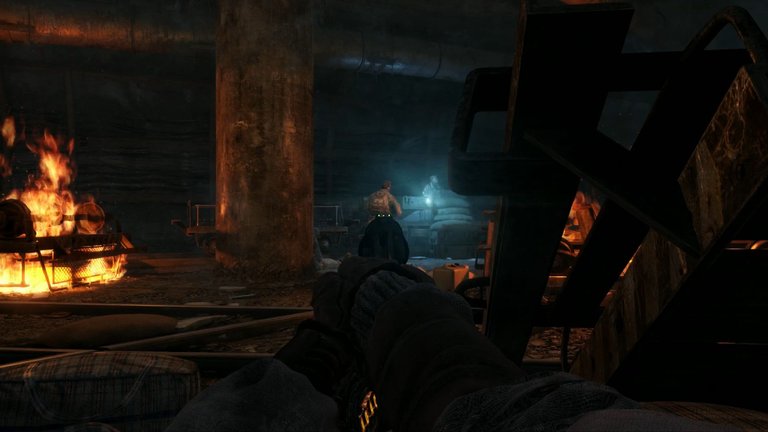
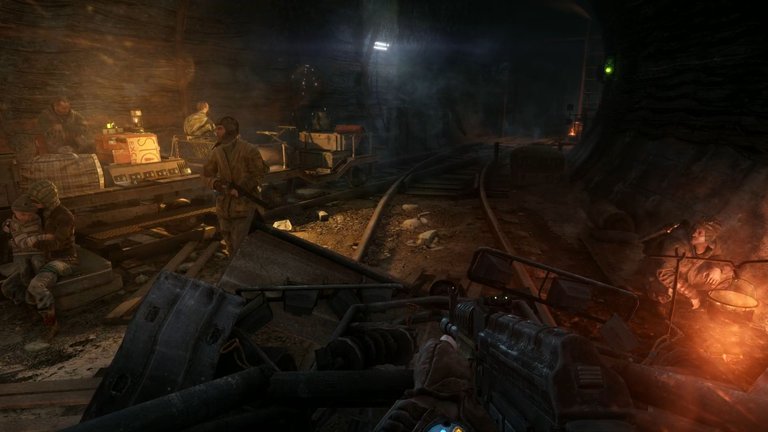
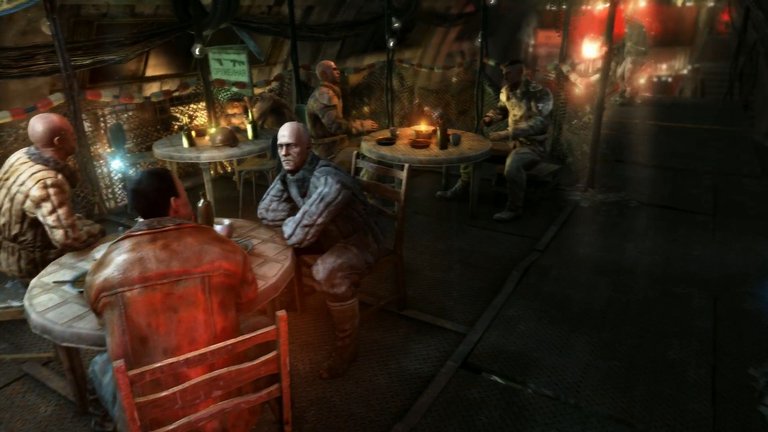
The very life of humans is contrasted in the work of the color palette; the desolation, the sobriety of a sad nation, and the uncertainty of man due to his vision of not knowing what to expect or what the future holds, are placed in the vast landscape of gray tones, like a kind of decomposition. This representation and adaptation of the original novel from which the idea for the game comes is undoubtedly one of the best I've seen in the world of video games. By the way, I started reading the Metro 2033 novel; I want to see what it can contribute, but what I do know is that the conceptualization of the art in the game is exquisite.
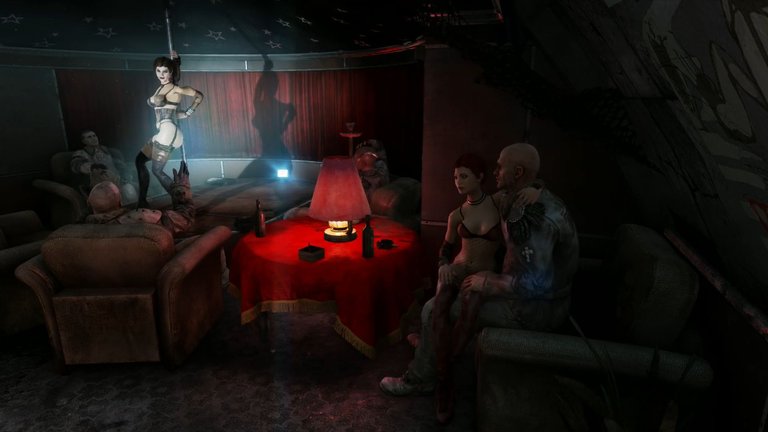
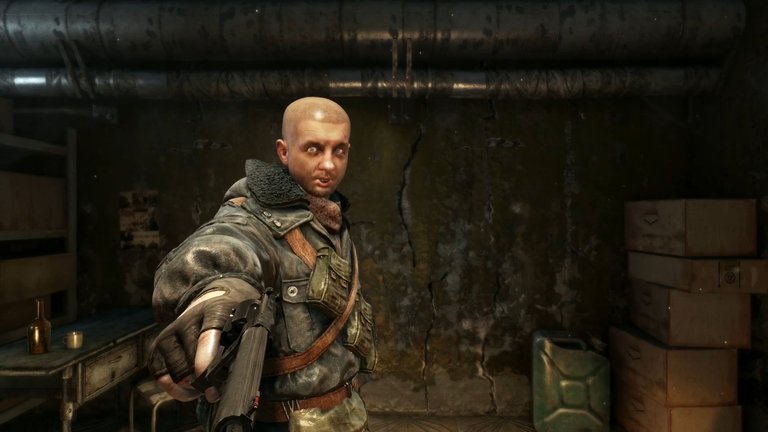
The terror and horror represented in Metro are quite special, because it is not a horror that comes directly from the deformity of bodies as is the case in Dead Space, it is a horror in hyperbole, of things that by themselves can already generate horror in many, it is the deformity of the fauna, I believe that the horror of the human body, of the deformity of the bones and extremities is based on the simple reason that it is a similar one, and to see that this can be possible in someone just like you, is terrifying, but in fauna there is ignorance, I mean, insects without mutating today can have terrifying forms, so imagine that to that which in itself can be horrible and captivating at the same time, then we add the mutation of a molecular factor like radiation, and that is where mutations and things are generated that go beyond the imagination, which are completely alien, because they do not seem of this world. And that's the horror that underpins Metro 2033.
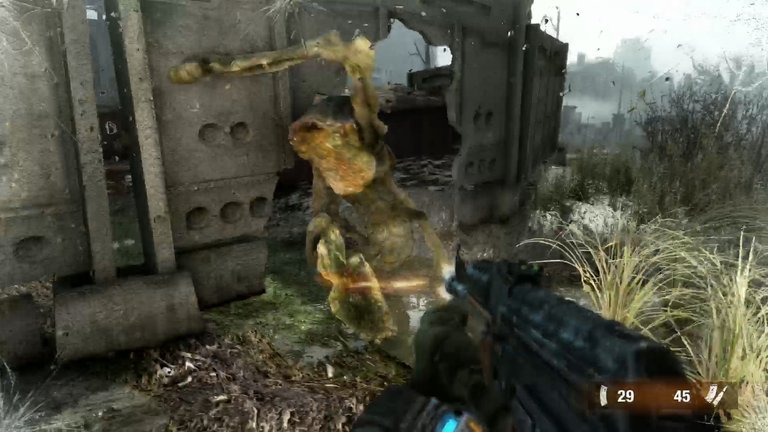
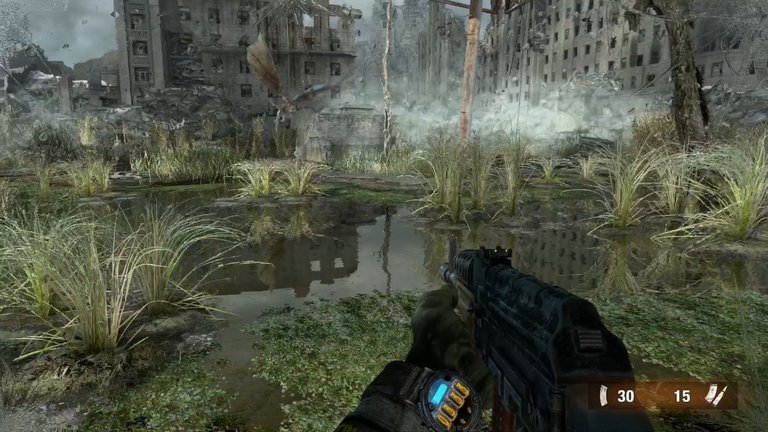
Horror is a different story, because in addition to this, the horror in Metro is portrayed through the character's own isolation in this harsh reality. It's the horror of loneliness, of the unknown, of the new world that used to be my world, but now is nothing more than that. It's nothing more than something totally isolated, gloomy, and that only leaves death, and more death. So what can I find there? That's the horror. What can I find behind the walls? What's behind the door? And it's precisely that horror of mystery, the horror of not seeing anything, that the creators of Metro have managed to perfectly capture in each of the landscapes, the catacombs, and even the desolate tunnels of the stations.
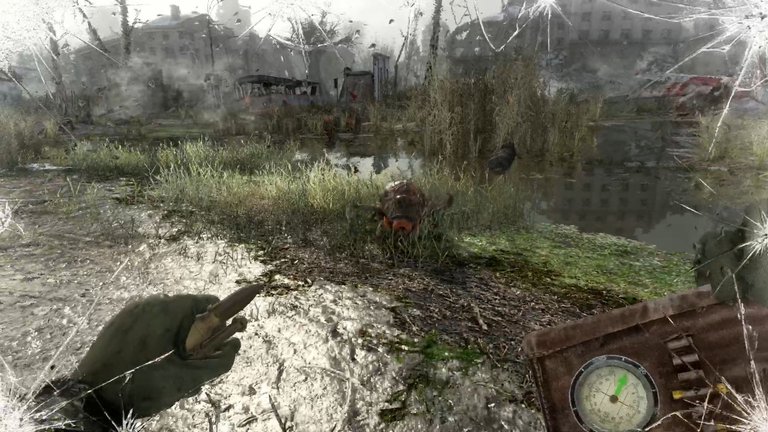
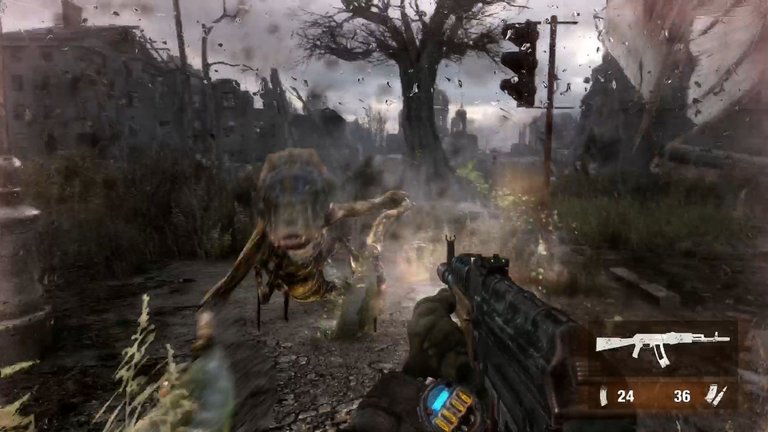
Another aspect worth highlighting in Metro 2033's art is the representation of the non-human world, the world of the dark ones, and how Ayrtom's nightmares and hallucinations lead him to this world, which he himself exterminates in the first game. This world, while alien, is very similar to the entire landscape of destruction. It is so desolate, destroyed, and with such spiky shapes that it is disturbing. It is truly dark, hence the name of these creatures "the dark ones," who are the only ones who could live there. It has that strange resemblance to our current world, to that post-apocalyptic world, where you begin to understand Ayrtom's strange empathy and the mystery the game seeks to solve.
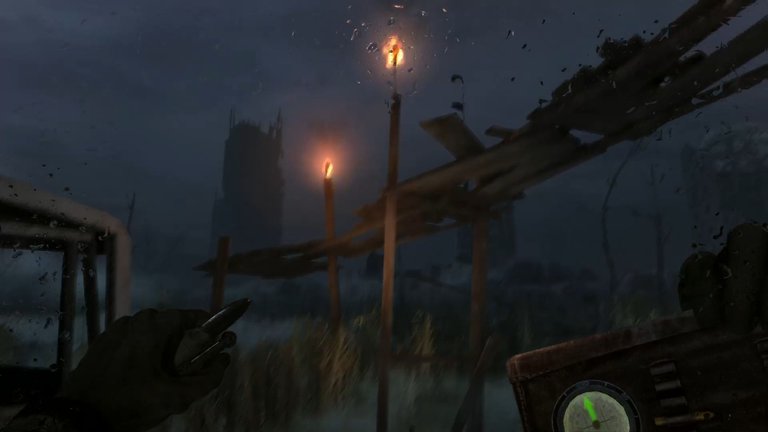
Metro 2033 is one of those few games where you can say it more than does justice to the literary inspiration that develops this great story. I think a film couldn't be better; I'm sure it would fall short compared to the game's representation. It is truly a great adaptation and a truly meticulous work. If you haven't played this game I highly recommend it.